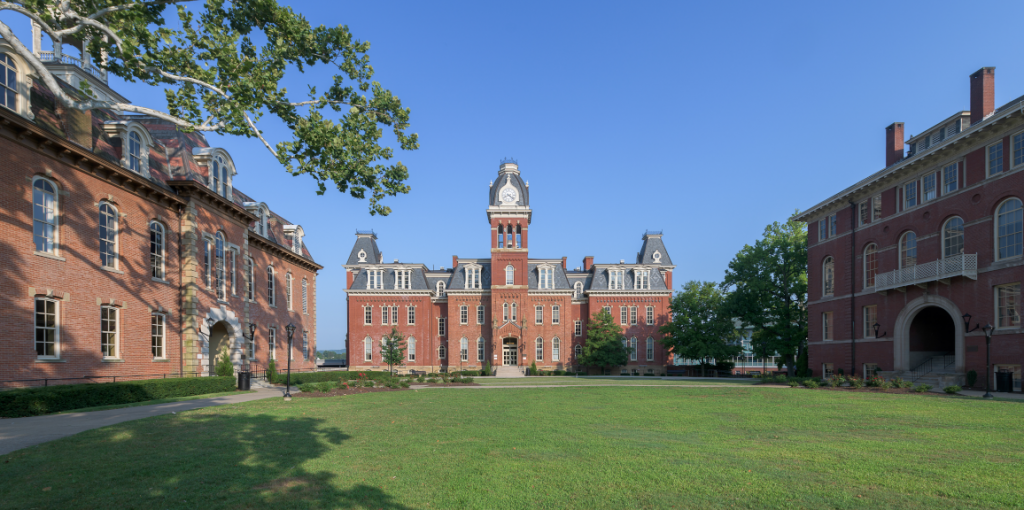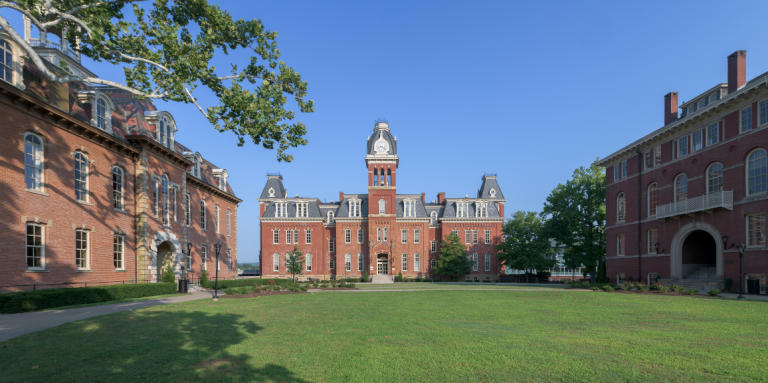The average college tuition for a 4-year public university is $37,640 for in-state students and $95,560 for out-of-state.
Both are daunting price tags that only get steeper by choosing a private intuition that typically costs $129,640.
And amid the coronavirus pandemic, the ideal college experience is severely lacking. Students pay for education, of course — but also for one-on-one access to professors and experts in their field, classroom discussions and debates, social interactions and personal growth, and the chance to network while building lifelong relationships.
Behind a screen in a video class, many of these essential ingredients to a fulfilling and valuable college life are nonexistent or a far cry from the real thing. Most college students surely didn’t envision emptying their bank accounts and taking on heaps of student debt to sit alone in their homes with only a pile of textbooks for company.
But expensive universities don’t seem to be budging on tuition refunds. Here’s why and what you can do about it.
Why aren’t colleges refunding tuition?
Residential colleges and universities are unwilling to provide students with any part of their tuition back. Their argument is that the cost of tuition is completely related to learning — and the opportunity to be provided a top-notch education is still available through virtual classrooms.
This stance is built on the idea that a diploma will be just as valuable upon graduation, no matter the circumstances, and these institutions are still offering the chance to get one.
Outside of tuition, some universities have been willing to give partial refunds for room and board since it’s difficult to charge students for living expenses while they’re not actually living there.
But when you choose to pay for college, you’re not just choosing an education. You’re selecting a new home. A city, campus, and faculty that fuels your imagination and inspires you to do great things.
You’re not paying simply for the opportunity to learn, but for the complete college education experience — and that includes the mental as well as the physical.
Many students believe they’re not getting what they paid for and are oat least a partial tuition refund. And lawyers are taking notice.
Can students pursue legal action?
It’s difficult to claim that our nation’s college students are receiving the full value of their tuition dollars; especially when they’re paying for a complete on-campus experience and are only provided with the ability to e-learn.
Class-action attorneys believe this to be the case. One such firm is currently filing suits against a number of big-name universities and are looking for more plaintiffs across the country who have had their campuses shut down.
Many students have already begun demanding discounts for tuition with little luck. Even refund requests for additional costs like room and board have been slow-moving.
If you’re a student who believes your college or university has failed to meet expectations on refunding education costs, there may be an opportunity to take legal action — either on your own or through bigger firms who are putting together a large number of cases regarding the situation.
If you end up stuck with high student debt, what can you do?
What if your refund request is denied, you’re unable or unwilling to go to court, and you end up stuck with full tuition upon graduation?
During a pandemic or not, the average student graduates with $27,082 in student debt from public institutions and $43,940 from private for-profit universities.
Those are staggering numbers and any relief can help, which is why so many students are looking for any refund they can get. But even without a refund, there’s still an effective solution to make high student loan balances much easier to manage — and that includes both federal and private student loans.
You’ve probably already heard of student loan refinancing — either from a fellow graduate, family member, or social media post. Refinancing allows you to combine all your student loans into one new loan through a private lender, often with a better interest rate.
Refinancing provides three primary benefits including:
- Getting a lower interest rate: Being approved for a lower rate than you currently have can help you save significantly on interest costs — both month-to-month as well as over the life of your loan.
- Lowering your monthly payment or paying off your debt faster: Refinancing gives you the ability to customize your repayment term to your financial goals. If you’re struggling with monthly expenses, you can lengthen your repayment term (sometimes up to 20 years) to substantially lower your student loan payments. Or, you can shorten your repayment term to ditch your debt much more quickly — allowing you to pay much less in interest overall, while lowering your debt-to-income ratio sooner.
- Combing your loans into one: All your student loans are merged into a single loan — giving you just one lender and one monthly payment to keep track of.
For those who qualify, refinancing can be a smart way to tackle your student loan debt in a way that makes sense for your needs. However, refinancing requires a strong credit history and income to be approved. If you can’t get approved on your own, you can also apply with a creditworthy cosigner who will increase your chances of getting approved and being offered lower rates.
One important caveat with refinancing federal student loans: Since refinancing consolidates your loans through a private lender, you’d lose access to federal benefits through the U.S. Department of Education including Public Service Loan Forgiveness, income-driven repayment plans, and generous deferment and forbearance programs.
In comparison, refinancing private student loans is typically a no-brainer for most people if they’re able to get a lower rate and save money. Remember to weigh the benefits of refinancing with losing federal benefits if you’re considering refinancing federal loans.
Comparing student loan refinance rates
Does student loan refinancing sound like a smart strategy for your situation? Since rates and terms can vary widely from lender to lender, it’s essential to compare your offers before applying.
Use Purefy’s Compare Rates tool to quickly see your refinancing options from multiple top lenders. Simply fill out one quick form about yourself, and you’ll be able to compare the best rates all at once so you can save both time and money.
















